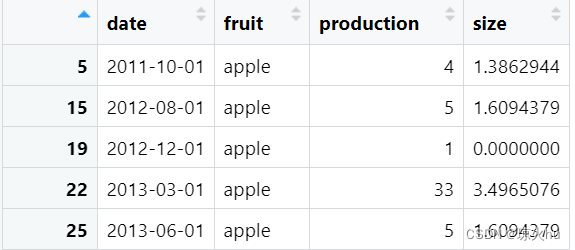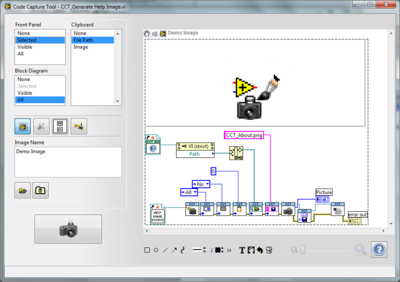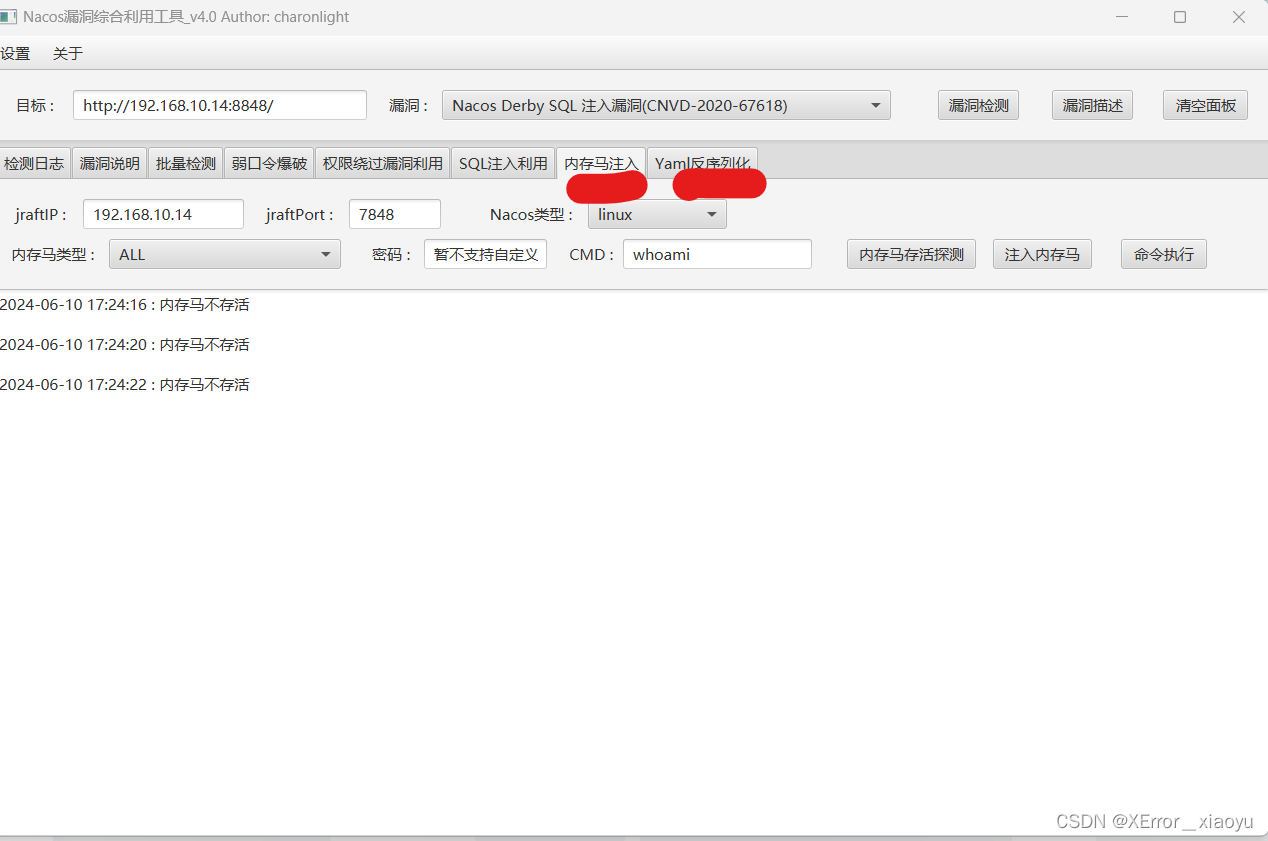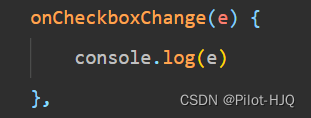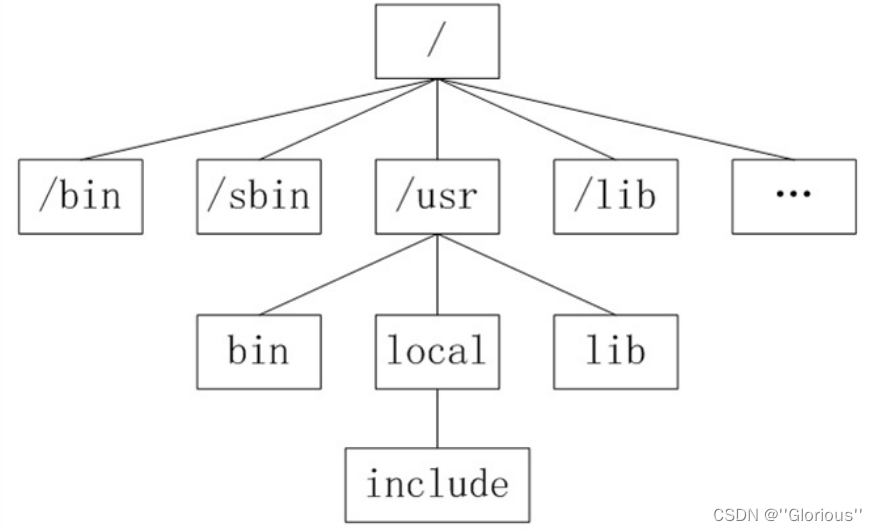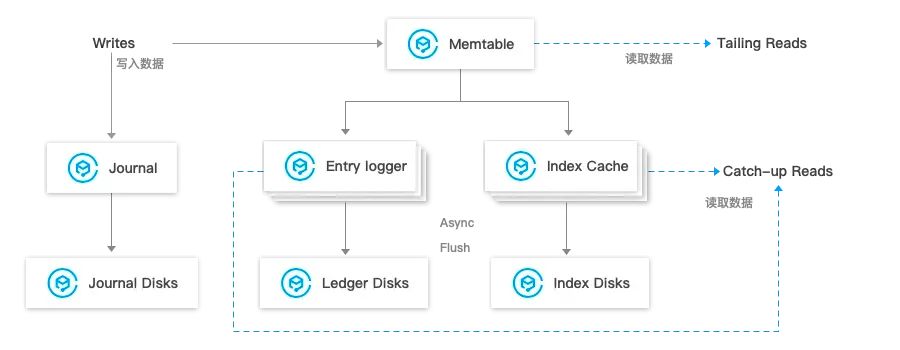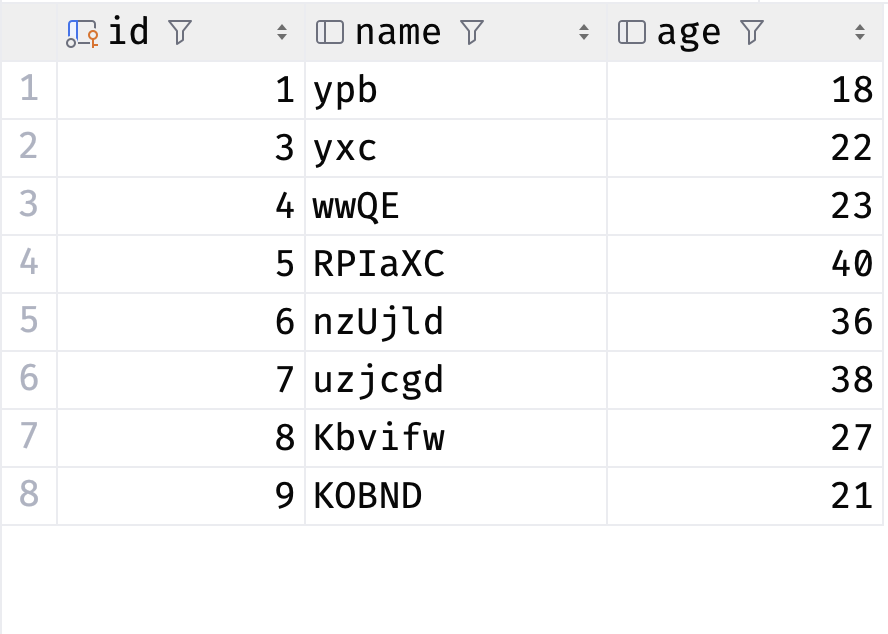文章目录
- 五、多表查询
- 5.1 多表关系
- 5.2 多表查询概述
- 5.3 内连接
- 5.4 外连接
- 5.5 自连接
- 5.6 联合查询
- 5.7子查询
- 5.8 总结
五、多表查询
5.1 多表关系
-
概述:项目开发中,在进行数据库表结构设计时,会根据业务需求及业务模块之间的关系,分析并设计表结构,由于业务之间相互关联,所以各个表结构之间也存在着各种联系,基本上分为三种:
- 一对多(多对一)
案例:部门与员工的关系
关系:一个部门对应多个员工,一个员工对应一个部门
实现:在多的一方建立外键,指向一的一方主键

- 多对多
案例:学生与课程的关系
关系:一个学生可以选修多门课程,一门课程也可以供多个学生选择
实现:建立第三张中间表,中间表至少包含两个外键,分别关联两方主键

-- 创建学生表 create table student( id int auto_increment primary key , name varchar(10), no varchar(10) )comment '学生表'; insert into student values (null,'黛绮丝','2000100101'), (null,'谢逊','2000100102'), (null,'殷天正','2000100103'), (null,'韦一笑','2000100104'); -- 创建课程表 create table course( id int auto_increment primary key, name varchar(10) )comment '课程表'; insert into course values (null,'java'), (null,'PHP'), (null,'MySQL'), (null,'Hadoop'); -- 创建学生课程中间表 create table student_course( id int auto_increment primary key , studentid int not null , courseid int not null , constraint fk_courseid foreign key (courseid) references course(id), constraint fk_studentid foreign key (studentid) references student(id) )comment '学生课程中间表'; insert into student_course values (null,1,1),(null,1,2),(null,1,3),(null,2,2),(null,2,3),(null,3,4);- 一对一
案例:用户与用户详情的关系
关系:一对一关系,多用于单表拆分,将一张表的基础字段放在一张表中,其他详情字段放在另一张表中,以提升操作效率
实现:在任意一方加入外键,关联另一方的主键,并且设置外键为唯一的(unique)


5.2 多表查询概述
- 概述:指从多张表中查询数据
- 笛卡尔积:笛卡尔乘积是指在数学中,两个集合A集合和B集合的所有组合情况。(
在多表查询时,需要消除无效的笛卡尔积)

消除无效的笛卡尔积之后:

select * from 表1,表2 where 表1外键字段 = 表2关联的字段;
- 多表查询分类:
- 连接查询:
- 内连接:相当于查询A,B交集部分数据
- 外连接:
- 左外连接:查询左表所有数据,以及两张表交集部分数据
- 右外连接:查询右表所有数据,以及两张表交集部分数据
- 自连接:当前表与自身的连接查询,自连接必须使用表别名
- 子查询
- 连接查询:
5.3 内连接
- 隐式内连接
select 字段列表 from 表1,表2 where 条件…;
select emp.name,dept.name from emp , dept where dept_id = dept.id;
- 显式内连接
select 字段列表 from 表1 [inner] join 表2 on 连接条件…;
select e.name,d.name from emp e inner join dept d on dept_id = d.id;

5.4 外连接
- 左外连接
-- 相当于查询表1(左表)的所有数据包含表1和表2交集部分的数据
select 字段列表 from 表1 left [outer] join 表2 on 条件…;
select e.*, d.name from emp e left outer join dept d on e.dept_id = d.id;
- 右外连接
-- 相当于查询表2(右边)的所有数据包含表1和表2交集部分的数据
select 字段列表 from 表1 right [outer] join 表2 on 条件…;
select e.name,d.* from emp e right join dept d on e.dept_id = d.id;
5.5 自连接
- 自连接查询语法:
select 字段列表 from 表A 别名A join 表A 别名B on 条件…;
-- 自连接查询可以是内连接查询也可以是外连接查询。
select a.name ,b.name from emp a , emp b where a.managerid = b.id;
select a.name ,b.name from emp a left outer join emp b on a.managerid = b.id;
5.6 联合查询
- 对于union查询,就是把多次查询的结果合并起来形成一个新的查询结果集。
select 字段列表 from 表A …
union [all]
select 字段列表 from 表B …;
-- 直接合并
select * from emp where salary < 5000
union all
select * from emp where age > 50;
-- 去重后的合并
select * from emp where salary < 5000
union
select * from emp where age > 50;
注意:对于联合查询的多张表的列数必须保持一致,字段类型也需要保持一致。union all会将全部的数据直接合并在一起,union会对合并之后的数据去重。
5.7子查询
- 概念:SQL语句中嵌套
select语句,称为嵌套语句,又称子查询。
select * from t1 where column1 = (select column1 from t2);
/*
子查询外部的语句可以是insert/update/delete/select的任何一个。
*/
-
根据子查询结果不同,分为:
- 标量子查询(子查询结果为单个值)
子查询返回的结果是单个值(数字、字符串、日期等),最简单的形式,这种子查询称为标量子查询。
常用的操作符:= <> > >= < <=
-- 标量子查询 -- 查询“销售部”的所有员工信息 -- a 查询“销售部”部门ID select id from dept where name = '销售部'; -- b 根据销售部门ID,查询员工信息 select * from emp where dept_id = 4; -- 等价于 select * from emp where dept_id = (select id from dept where name = '销售部');- 列子查询(子查询结果为一列)
子查询返回的结果是一列(可以是多行),这种子查询称为列子查询。
常用的操作符:in not in any some all

select * from emp where dept_id in (select id from dept where name = '销售部' or name = '市场部'); -- 查询比财务部所有人工资都高的员工信息 select * from emp where salary > all(select salary from emp where dept_id = (select id from dept where name = '财务部'));- 行子查询(子查询结果为一行)
子查询返回的结果是一行(可以是多列),这种子查询称为行子查询。
常用的操作符:= <> in not in
select * from emp where (salary,managerid) = (select salary,managerid from emp where name = '张无忌');- 表子查询(子查询结果为多行多列)
子查询返回的结果是多行多列,这种子查询称为表子查询。
常用的操作符:in
select * from emp where (job,salary) in (select job,salary from emp where name = '鹿杖客' or name = '宋远桥'); -
根据子查询位置,分为:where之后、from之后和select之后。
5.8 总结



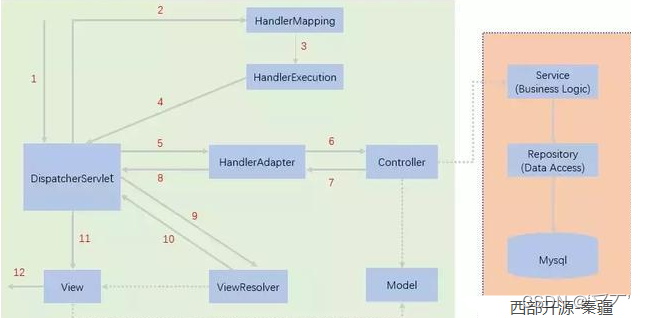
![[FreeRTOS 基础知识] 保存现场与恢复现场](https://img-blog.csdnimg.cn/direct/a8c8af3675fd4613b1e2739452a70011.png)
![[大模型]GLM4-9B-chat Lora 微调](https://img-blog.csdnimg.cn/direct/876278fa346141e8a9a3fc62dd82bfbf.png#pic_center)

![[Algorithm][动态规划][完全背包问题][零钱兑换][零钱兑换Ⅱ][完全平方数]详细讲解](https://img-blog.csdnimg.cn/direct/66f39ee7f6384cde94199ab642e70d45.png)

